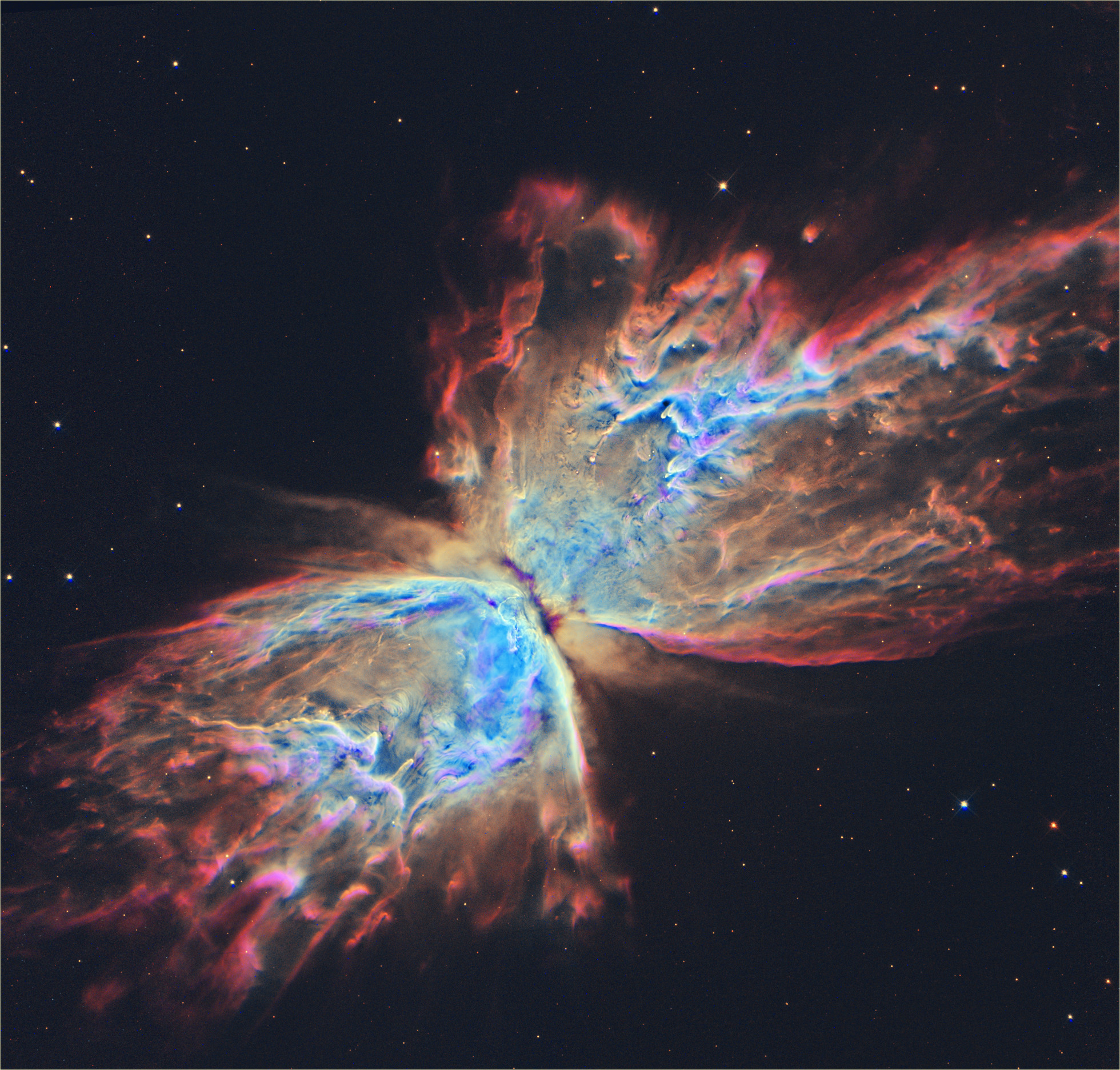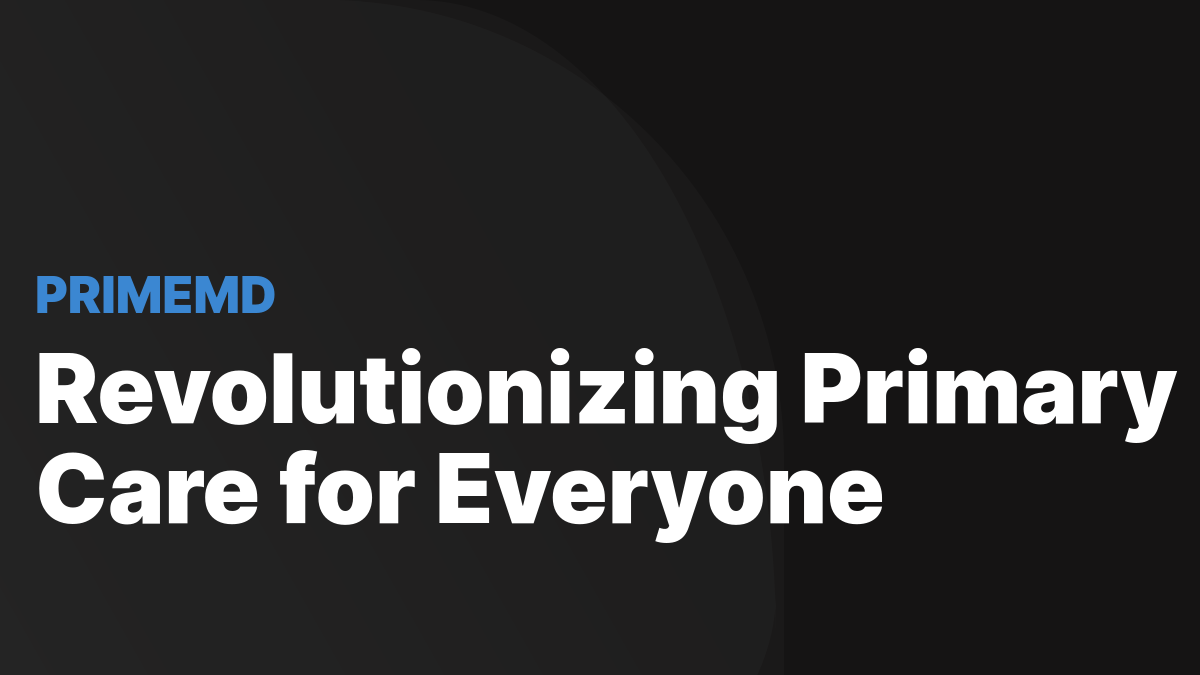
What the “Creator Economy” Promises—and What It Actually Does
The influencer is a fading stock character of the Internet’s commedia dell’arte. Often a conventionally attractive white woman, she shows off her aspirational life style via social-media channels. She accrues a large following, and then makes a living by getting companies to sponsor the content of her glamorous life. The cliché of the influencer emerged, during the twenty-tens, from multimedia-rich platforms like Instagram and Snapchat, where the goal was to forge as curated and polished an image as possible. Influencers were social-media users as celebrities, with much of the vanity and purposelessness that the comparison implies. By now, the connotations of being an influencer are mostly negative—edited selfies, vapid captions, faux relatability, staged private-jet photos, and unmarked sponsorships. Accordingly, social-media platforms are embracing a new buzzword as a successor: “creator.”
“Creator” is a term with a more wholesome air, conjuring an Internet in which we are all artisanal blacksmiths plying our digital craft. But what, exactly, the word implies beyond that is up for debate. According to Taylor Lorenz’s reporting for The Atlantic, the term was originally marketed by YouTube, as early as 2011, as an alternative to vocabulary like “YouTube star,” which seemed to imply that only a few famous figures could succeed on the platform. But it’s now used to describe practically anyone who is producing any form of content online. TikTok users are “TikTok creators.” Members of the invitation-only real-time voice-chat app Clubhouse are “audio creators.” OnlyFans, a marketplace mostly used for pornography, hosts “adult-content creators.”

















/cdn.vox-cdn.com/uploads/chorus_asset/file/24987916/Mark_Zuckerberg_Meta_AI_assistant.jpg)




